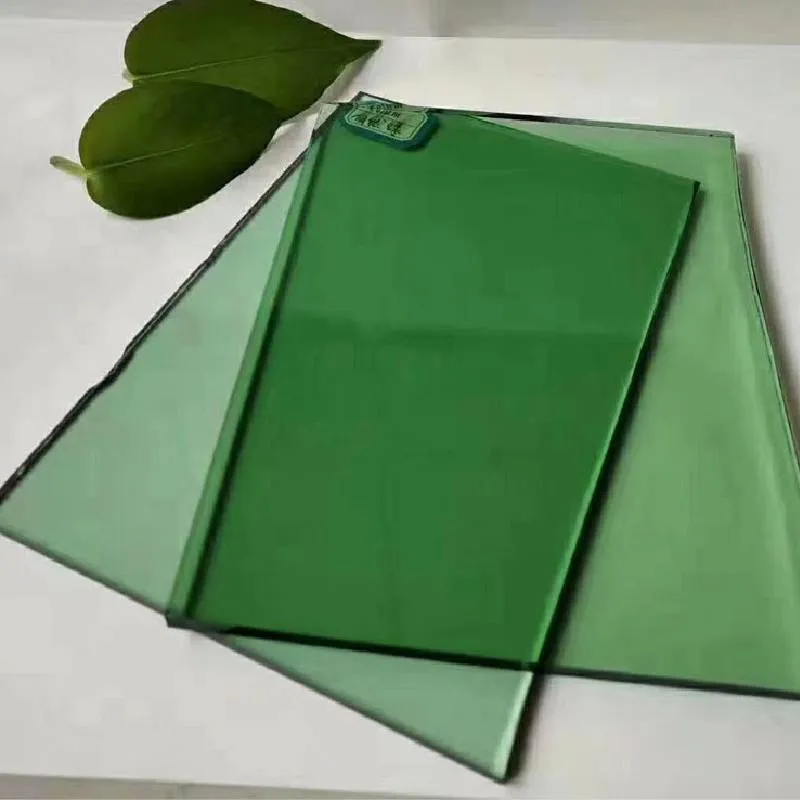The Allure of Glass House Architecture A Modern Design Paradigm
In the realm of contemporary architecture, few concepts captivate the imagination and evoke a sense of tranquility like the glass house. The use of transparent materials not only reflects a modern aesthetic but also blurs the boundaries between indoor and outdoor living. This design philosophy embraces light, nature, and openness, creating spaces that are harmonious with their environments.
The Allure of Glass House Architecture A Modern Design Paradigm
Moreover, glass houses are renowned for their minimalist design philosophy. Minimalism emphasizes the less is more approach, where each element in the home serves a purpose, and excess is stripped away. The use of glass contributes to this aesthetic by creating an uncluttered appearance, allowing for a seamless flow between rooms. Furniture and decor tend to be kept to a minimum, allowing occupants to appreciate the beauty of the architecture and the surrounding scenery.
glass house architecture design
Venturing into the outdoors is another hallmark of glass house design. By employing retractable glass doors or expansive terraces, these homes create a seamless transition between the interior and exterior. This fosters a lifestyle that encourages outdoor living, whether it's hosting gatherings on a sun-drenched patio or enjoying quiet moments in a lush garden. The design encourages residents to form a connection with the environment, fostering a sense of peace and well-being.
However, glass house architecture is not without its challenges. Privacy concerns arise in transparent spaces, especially in urban environments where homes are in close proximity to one another. Architects often employ creative solutions, such as strategically placed landscaping or frosted glass, to maintain a sense of seclusion. Furthermore, the use of glass requires careful consideration of energy efficiency. Advanced glazing technologies, such as low-emissivity (Low-E) glass and double or triple glazing, help regulate temperature and minimize heat loss, thereby enhancing the sustainability of the structure.
The iconic Farnsworth House, designed by Mies van der Rohe in the 1950s, embodies many of the principles of glass house architecture. Its minimalist form and open spaces offer a glimpse into the future of architectural design. Similarly, more recent projects, like the Glass House by Philip Johnson, have further solidified the appeal of transparent structures. These houses stand as testaments to the belief that architecture can foster a deeper connection between humans and their surroundings.
In conclusion, glass house architecture represents a bold and innovative approach to modern living. By integrating nature, maximizing light, and embracing minimalism, glass houses redefine the traditional concept of home. As we continue to confront the challenges of urbanization and environmental concerns, this design paradigm may offer a glimpse into sustainable living solutions that celebrate both individuality and community. The allure of glass houses lies not only in their aesthetic appeal but also in their ability to create spaces that nurture the human spirit, inviting us to experience life in a more connected and harmonious way.
 Afrikaans
Afrikaans  Albanian
Albanian  Amharic
Amharic  Arabic
Arabic  Armenian
Armenian  Azerbaijani
Azerbaijani  Basque
Basque  Belarusian
Belarusian  Bengali
Bengali  Bosnian
Bosnian  Bulgarian
Bulgarian  Catalan
Catalan  Cebuano
Cebuano  Corsican
Corsican  Croatian
Croatian  Czech
Czech  Danish
Danish  Dutch
Dutch  English
English  Esperanto
Esperanto  Estonian
Estonian  Finnish
Finnish  French
French  Frisian
Frisian  Galician
Galician  Georgian
Georgian  German
German  Greek
Greek  Gujarati
Gujarati  Haitian Creole
Haitian Creole  hausa
hausa  hawaiian
hawaiian  Hebrew
Hebrew  Hindi
Hindi  Miao
Miao  Hungarian
Hungarian  Icelandic
Icelandic  igbo
igbo  Indonesian
Indonesian  irish
irish  Italian
Italian  Japanese
Japanese  Javanese
Javanese  Kannada
Kannada  kazakh
kazakh  Khmer
Khmer  Rwandese
Rwandese  Korean
Korean  Kurdish
Kurdish  Kyrgyz
Kyrgyz  Lao
Lao  Latin
Latin  Latvian
Latvian  Lithuanian
Lithuanian  Luxembourgish
Luxembourgish  Macedonian
Macedonian  Malgashi
Malgashi  Malay
Malay  Malayalam
Malayalam  Maltese
Maltese  Maori
Maori  Marathi
Marathi  Mongolian
Mongolian  Myanmar
Myanmar  Nepali
Nepali  Norwegian
Norwegian  Norwegian
Norwegian  Occitan
Occitan  Pashto
Pashto  Persian
Persian  Polish
Polish  Portuguese
Portuguese  Punjabi
Punjabi  Romanian
Romanian  Russian
Russian  Samoan
Samoan  Scottish Gaelic
Scottish Gaelic  Serbian
Serbian  Sesotho
Sesotho  Shona
Shona  Sindhi
Sindhi  Sinhala
Sinhala  Slovak
Slovak  Slovenian
Slovenian  Somali
Somali  Spanish
Spanish  Sundanese
Sundanese  Swahili
Swahili  Swedish
Swedish  Tagalog
Tagalog  Tajik
Tajik  Tamil
Tamil  Tatar
Tatar  Telugu
Telugu  Thai
Thai  Turkish
Turkish  Turkmen
Turkmen  Ukrainian
Ukrainian  Urdu
Urdu  Uighur
Uighur  Uzbek
Uzbek  Vietnamese
Vietnamese  Welsh
Welsh  Bantu
Bantu  Yiddish
Yiddish  Yoruba
Yoruba  Zulu
Zulu 

